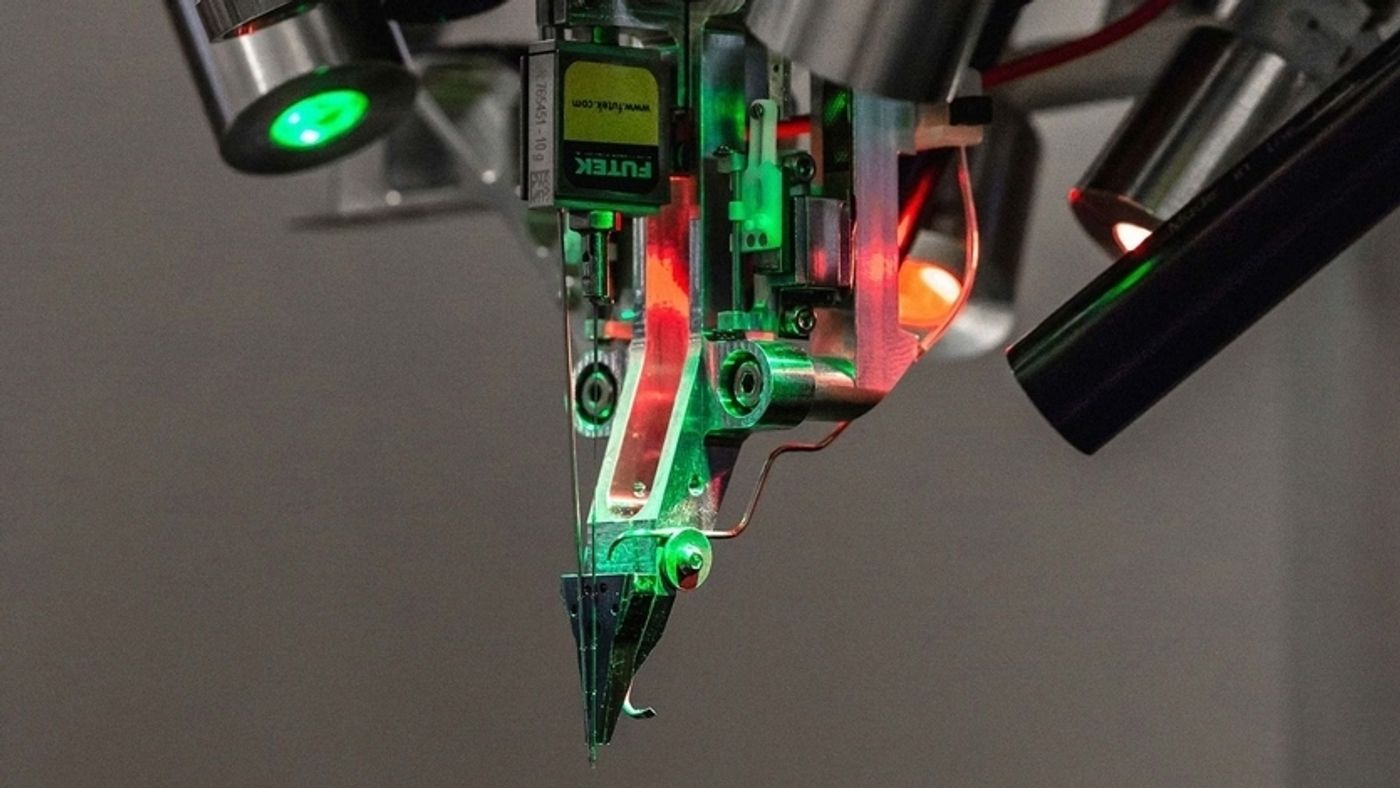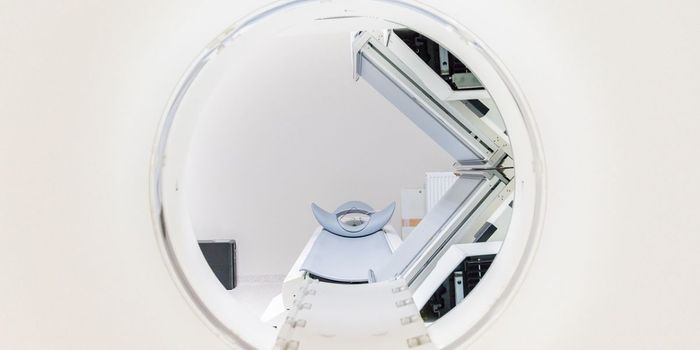Elon Musk showcases advances in elusive Neuralink brain implant
Last week, Elon Musk took the stage in front of an invitation-only crowd at the California Academy of Sciences to unveil his latest foray into connecting brains to computers: a futuristic device designed to record from thousands of neurons in the brain.
The technology is a product of Neuralink, a company Musk founded to develop a tiny, high-bandwidth, implantable brain-computer interface (BCI). Ultimately, Neuralink aims to use this device to help those suffering from neurological diseases or paralysis. For example, the device may one day enable quadriplegics to control a computer or phone with just their thoughts.
"The goal is to record from and stimulate spikes [or neural signals] in neurons," with much more bandwidth than what has been done to date, and safely, Musk said at the event, which was live-streamed.
So, how does this brain implant work? According to a preprint article in bioRxiv, the recording device contains arrays of small flexible electrode threads with thousands of "channels" - up to 3,072 electrodes per array to be exact. Each channel can record the "spiking" or activity of a single neuron in near real-time. Importantly, the electrode threads can be implanted into the brain's outer layer, called the cortex, using a surgical robot with great precision, allowing researchers to target specific brain regions. The arrays are packaged in a small device containing custom-built hardware, which connects each channel to a USB port outside the brain. Despite the public debut of this impressive tool, it is important to note that none of this research has been peer-reviewed by experts in the field.
Ultrathin electrode thread array touching the brain's surface to record neural signals in near real-time.
Photo source: Neuralink article published in bioRxiv
Neuralink has three primary goals in the development of the BCI device: flexible materials for electrodes, miniaturization of the electronics or hardware, and making the implant fully wireless, says Ken Shepard, a professor of electrical and biomedical engineering at Colombia University, who is part of a Defense Advanced Research Projects Agency initiative to develop a similar flexible, wireless implant.
Neuralink was not the first to develop a high-density neural recording tool. The Utah Array, which consists of a rigid grid of 128 channels has been successfully used in a number of BCIs, including the BrainGate device created by researchers at Brown University. Another successful tool is the Neuropixel, a probe developed by researchers at the Howard Hughes Medical Institute that contains nearly 1,000 recording sites on a single tip. In fact, the current Neuralink device builds upon prior work by Neualink senior scientist Philip "Flip" Sabes and bioengineer Timothy Hanson while they were at the University of California, San Francisco.
Photo of Neuralink's robotic system for inserting the electrode threads into the brain.
Photo source: Bloomberg
Neuralink ambitiously aims to begin using the brain implant in humans in 2020, but Musk and his research team have only demonstrated its success in rodent brains, so far. "The other big challenge is regulatory," says Shepard. Using electrodes of this scale in humans is going to face significant hurdles from the U.S. Food and Drug Administration.
Perhaps a more practical consideration for Neuralink and the field is how long materials in the probes and microchip hardware can resist degradation. In order to make reliable recordings over time, "you need to make the whole system last for decades," says Cynthia Chestek, a neural engineer at the University of Michigan Ann Arbor.
Learn more about what's happening in the field of BCI from the TED talk below:
Source: Bloomberg, Science, Scientific American










